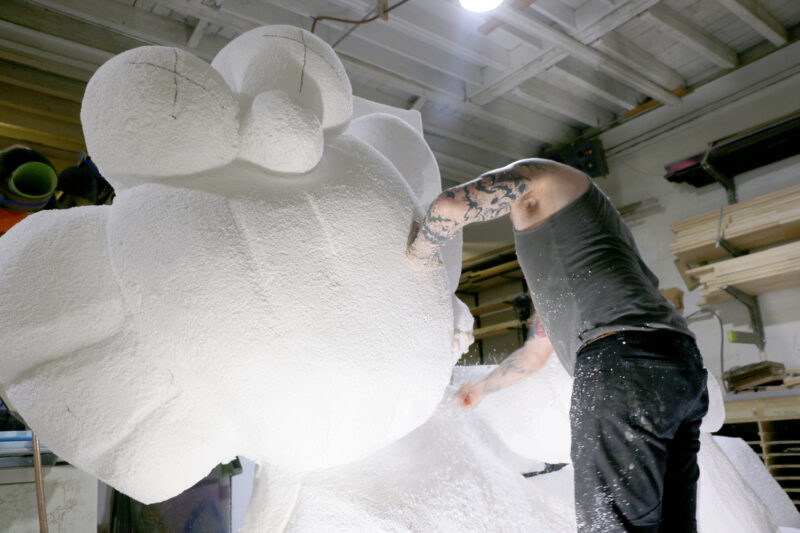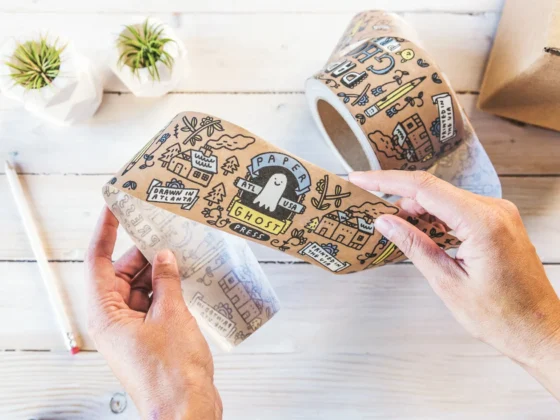With the arrival of advanced 3D printers, it’s becoming easier than ever to create custom objects. Whether you’re a sculptor or a carver, this gives you the ability to design and create things that wouldn’t have been possible before. However, with this newfound liberation also comes new challenges. In this guide, we’ll outline some tips for sculpting and carving foam in a way that’s both realistic and durable. By following these tips, you can ensure your creations stand out and will last long into the future.
Why Sculpt Foam?
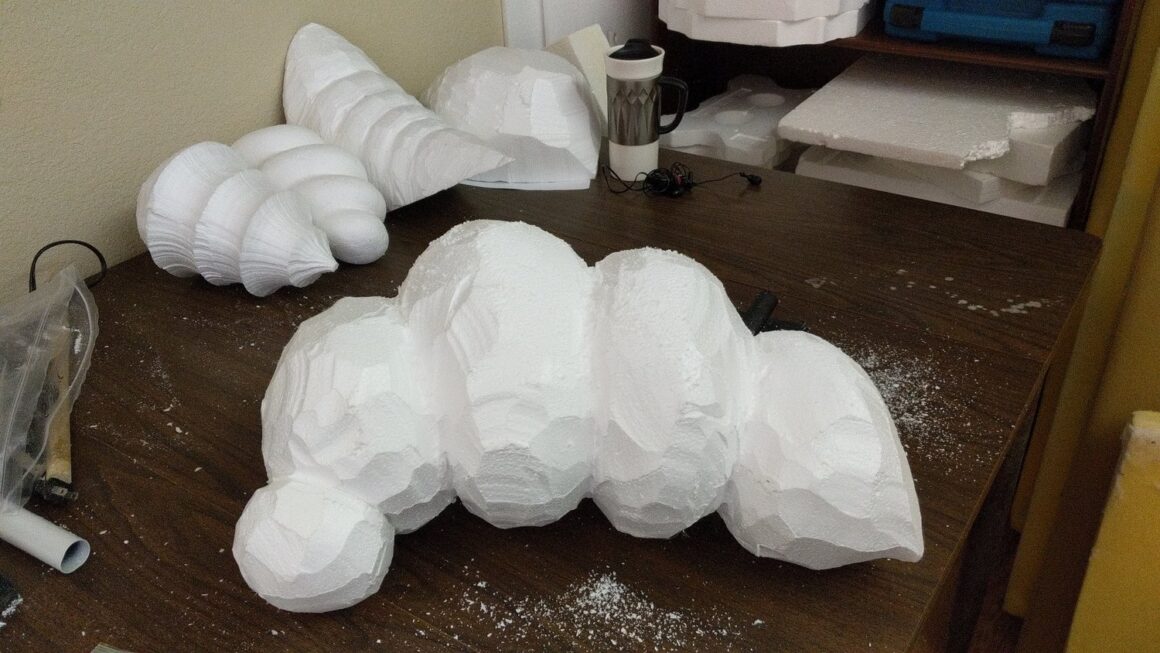
There are many reasons to sculpt foam. It’s a flexible material that has great detail and can be carved very easily. It is also lightweight, so it can be difficult to carve without adding weight. By sculpting foam, you can create models, sculptures, ornaments, and other pieces that are versatile and easy to transport.
To start sculpting it, you’ll need some supplies. You’ll need a bowl of hot water, soap or detergent, a toothbrush, a razor blade (or a sharp knife), kitchen gloves, and chisels for carving tools of your choice. Remove any excess soap from the surface of the foam with the toothbrush before adding water. Soap will cause it to crack and shatter. After soaking the foam in hot water for about five minutes, use the gloves to break it into small pieces by hand. If you’re using a knife or razor blade, be careful not to cut yourself while shaving off thin layers of the foam. Once the pieces have been broken down into smaller sizes, add them back into the bowl of hot water and repeat the process until you reach the desired thicknesses.
When it comes time to carving, use caution when handling it because it is very soft and can easily be damaged. Be sure to wear protective eyewear when working with this material because shards of glass may fly off during carving if the piece is not handled correctly. For delicate areas such as eyes or noses, use a tool such as a chisel or gouge to start shaping the foam, and then use a razor blade or sharp knife to finish the job.
Tips for Using Foam
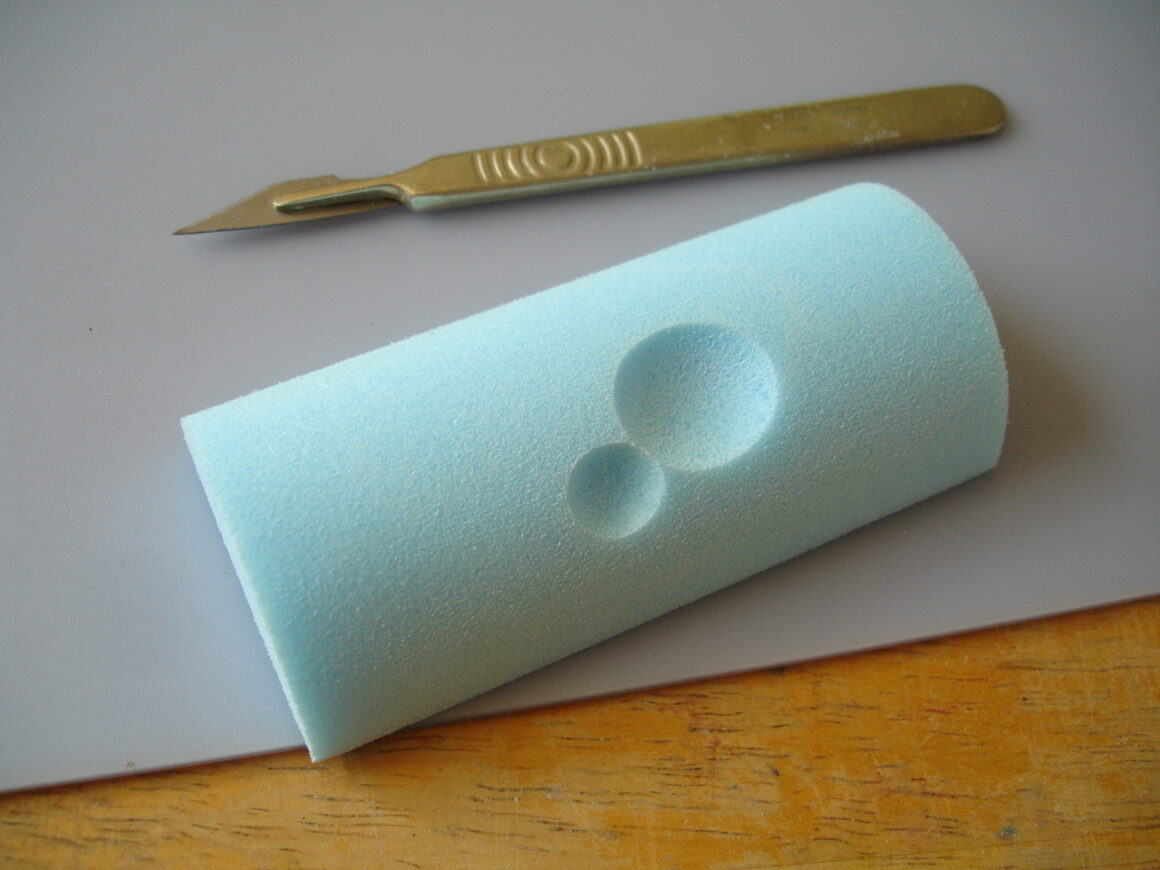
If you want to use foam for sculpting and carving, here are a few tips.
- Use a steady hand. Foam is very soft and can easily be damaged if the wrong tool is used or the pressure is too high.
- Cut small pieces first. Foam is easy to sand, but it’s also easy to overdo it and end up with porous pieces that won’t look as good as they could have. Start by cutting small pieces out of it and testing them on your object before gradually increasing the size of the piece being carved.
- Make sure your tools are sharpened properly. Dull blades will cause excess wear on your foam, which will lead to more problems down the road. Keep your tools sharpened using an appropriate sharpening method and don’t forget to test them before each use!
- Work slowly and steadily. Foam responds well to slow, even strokes so make sure you take your time when working with it!
What is Foam Sculpting?
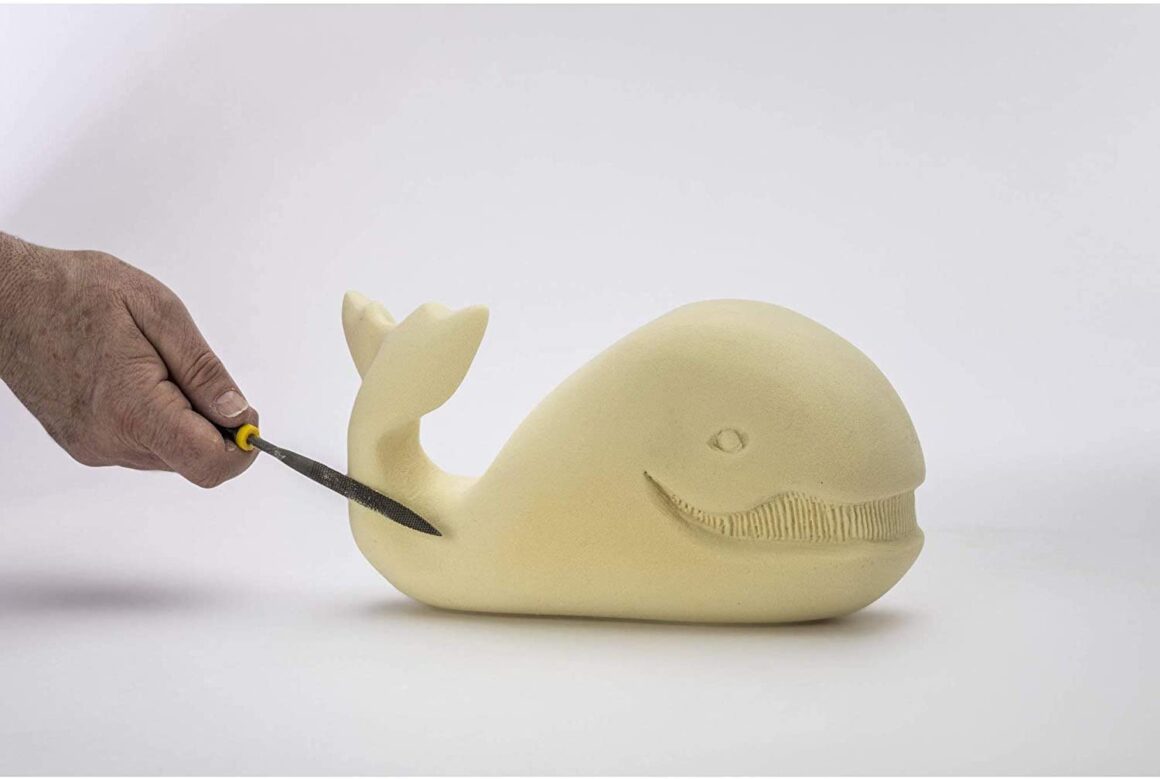
This is a process of creating three-dimensional objects from foam, using various tools and techniques. By using a variety of tools, you can create complex or intricate foam sculptures that would be difficult or impossible to create with other materials.
How does foam sculpting work?
To sculpt it, you’ll need some type of tool to create shapes and details in the foam. This could be an injection gun or a carving knife. You’ll also need some type of liquid latex, which is used to form the final sculpture. Once you have your supplies set up and ready to go, start by pouring a small amount of latex into the tool’s nozzle. This will help create the desired shape and detail in the foam. Then start carving away! You can use either the injection gun or carving knife to carve away at the foam, creating detailed pieces that are impossible to make with other materials. As you carve, be sure to keep an eye on your work so you don’t accidentally cut yourself!
What types of projects can I create with foam sculpting?
There are many different types of projects that you can create with it. Some popular projects include 3D figurines, animals, and abstract art pieces. If you’re looking for something more specific, try searching for specific tutorials online or checking out some popular sculpting forums for inspiration.
Is foam sculpting dangerous?
While foam sculpting can be dangerous if done incorrectly, it is a relatively safe process overall. Most tools used in this process are designed to be safe and easy to use, and there are usually specific safety guidelines that you should follow. If you’re new to foam sculpting, make sure to check out some of the safety tips available online before starting any projects.
How to Make a Basic Foam Sculpture?
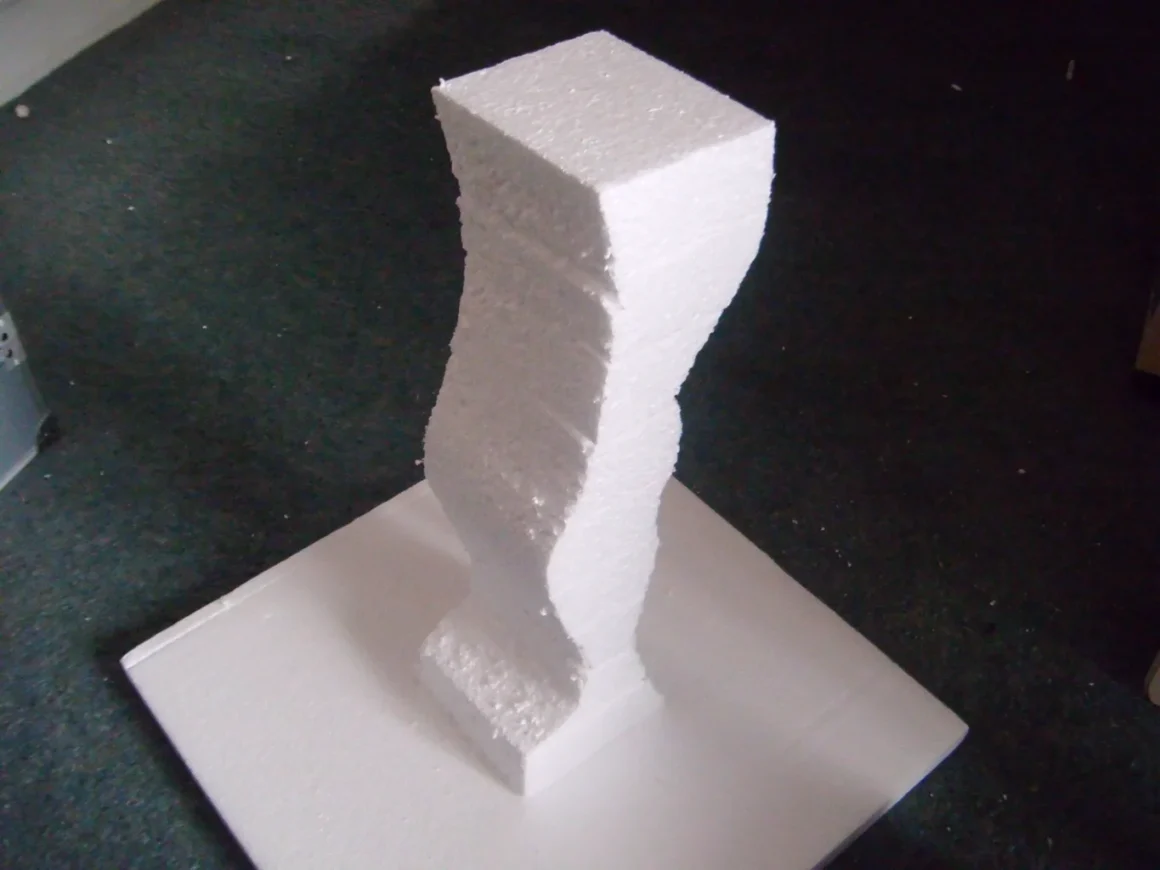
Making a basic foam sculpture is easy with these simple tips!
- Choose the right material: Foam is forgiving, so it can be sculpted into many different shapes and sizes. However, it’s not as durable as other materials, so make sure your sculpture is sturdy before you start carving.
- Get started with a rough outline: Before you start carving foam, make a rough outline of the piece you want to create. This will help you know where to make cuts and adjustments in the process.
- Make cuts and adjustments with a sharp knife: Use a sharp knife to make cuts along the outline you created in step 2. Be careful not to cut too deep into the foam, or you may end up with a hole that is difficult to fix!
- Add details with your hands: Once you have made all the necessary cuts, use your hands to add details and edges to your sculpture. Be creative!
Tips for Aftercare
There are a few steps you can take to ensure your foam sculpture lasts a long time. Keep these tips in mind after completing your project:
– Wipe down the sculpture with a dry cloth or paper towel to remove any dust or debris.
– Do not leave the sculpture outdoors in direct sunlight or near heat sources.
– Do not place the sculpture near sharp objects or other moving parts.
Conclusion
We hope that you have found this tips and tricks guide on sculpting and carving foam useful. Whether you are a beginner artist or a seasoned pro, these tips will help to improve your skills when it comes to creating 3D works of art with foam. By following the simple steps outlined in this article, you can create stunning pieces that are sure to impress!
